I use ordiany cloths iron on my table (Strachan No.10) on low setting (70 C) and it works perfect. Just take care when you iron close to and under the rubber cushions.
If you have 200 + quids to throw out of the window then do go for a billiards iron because they want to sell you every thing until your pocket just cry out!
Thw news paper discoloration test is the simplest way to tell if your ordinary iron is gonna do the job perfectly.
If you have 200 + quids to throw out of the window then do go for a billiards iron because they want to sell you every thing until your pocket just cry out!
Thw news paper discoloration test is the simplest way to tell if your ordinary iron is gonna do the job perfectly.




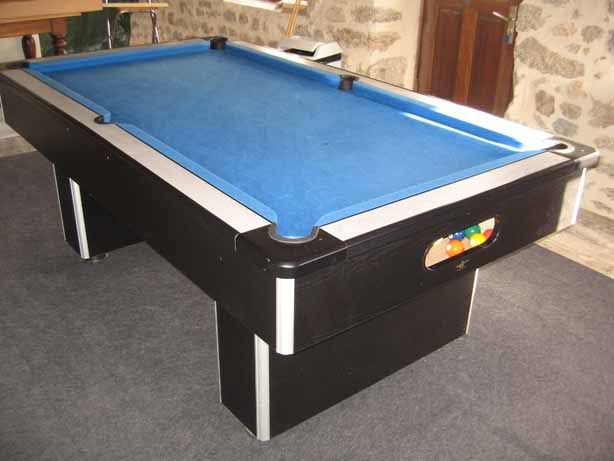

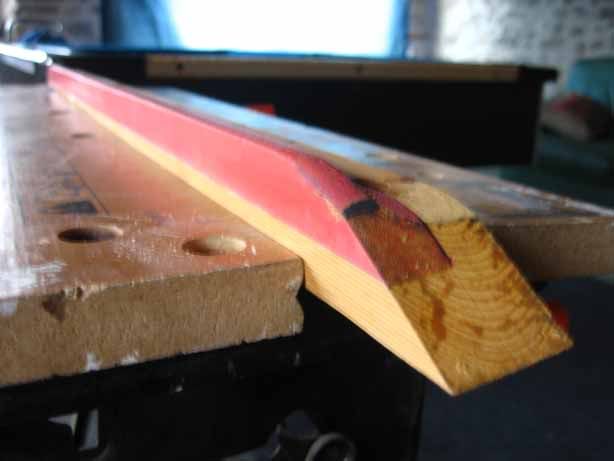
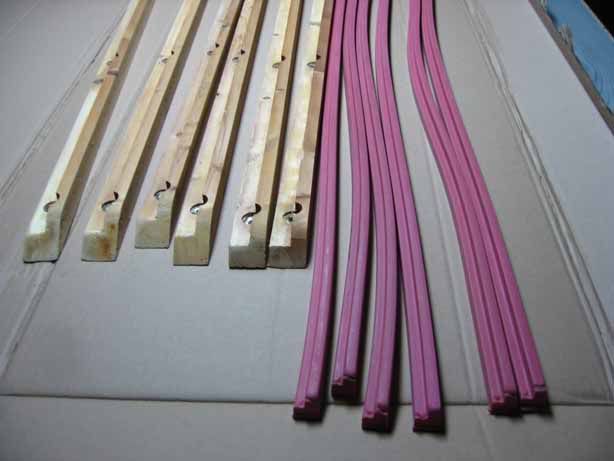
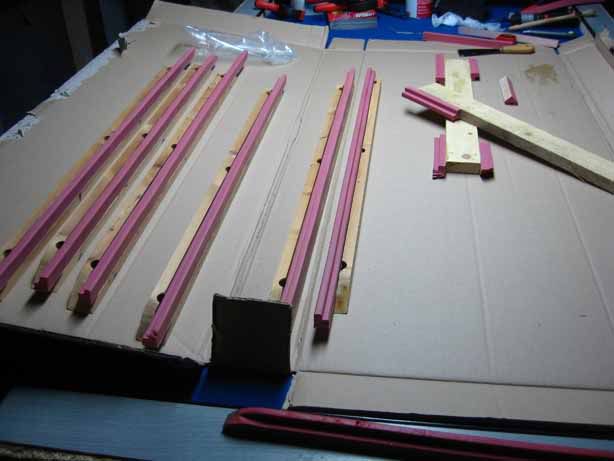
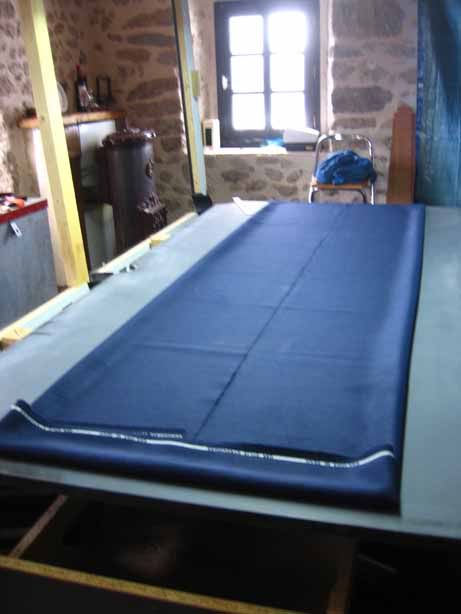
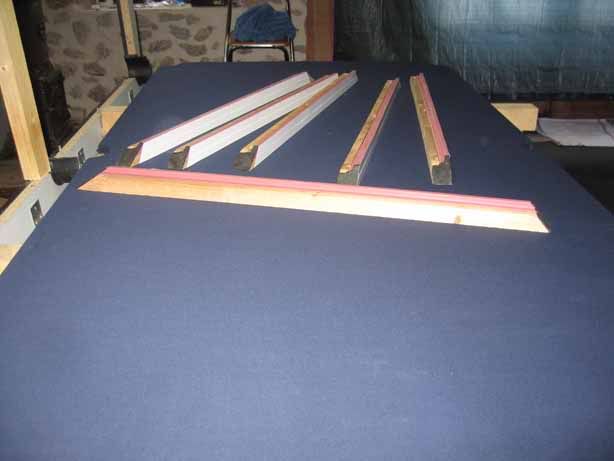
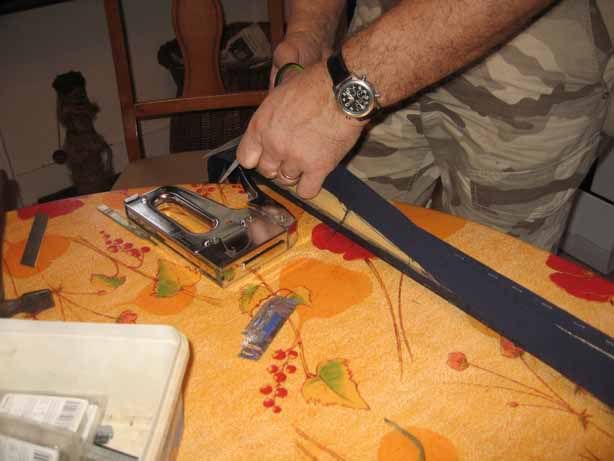
Comment